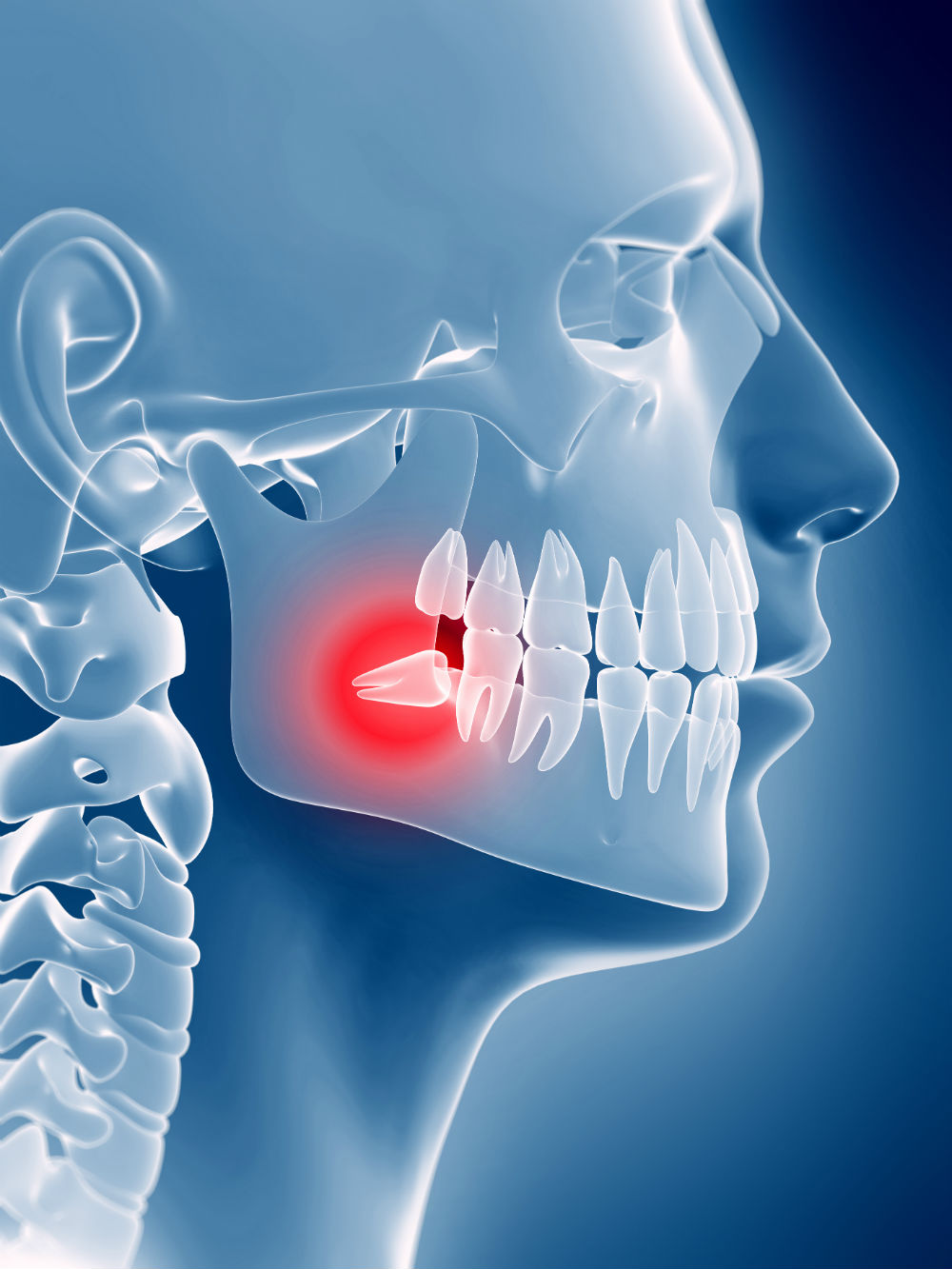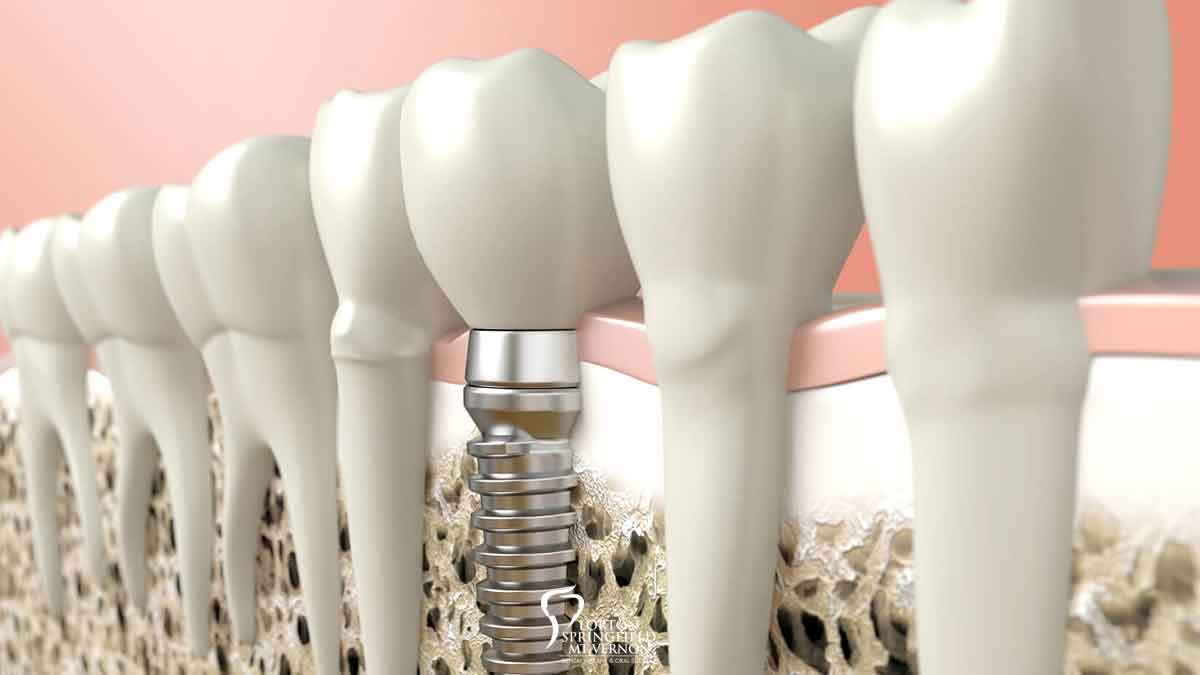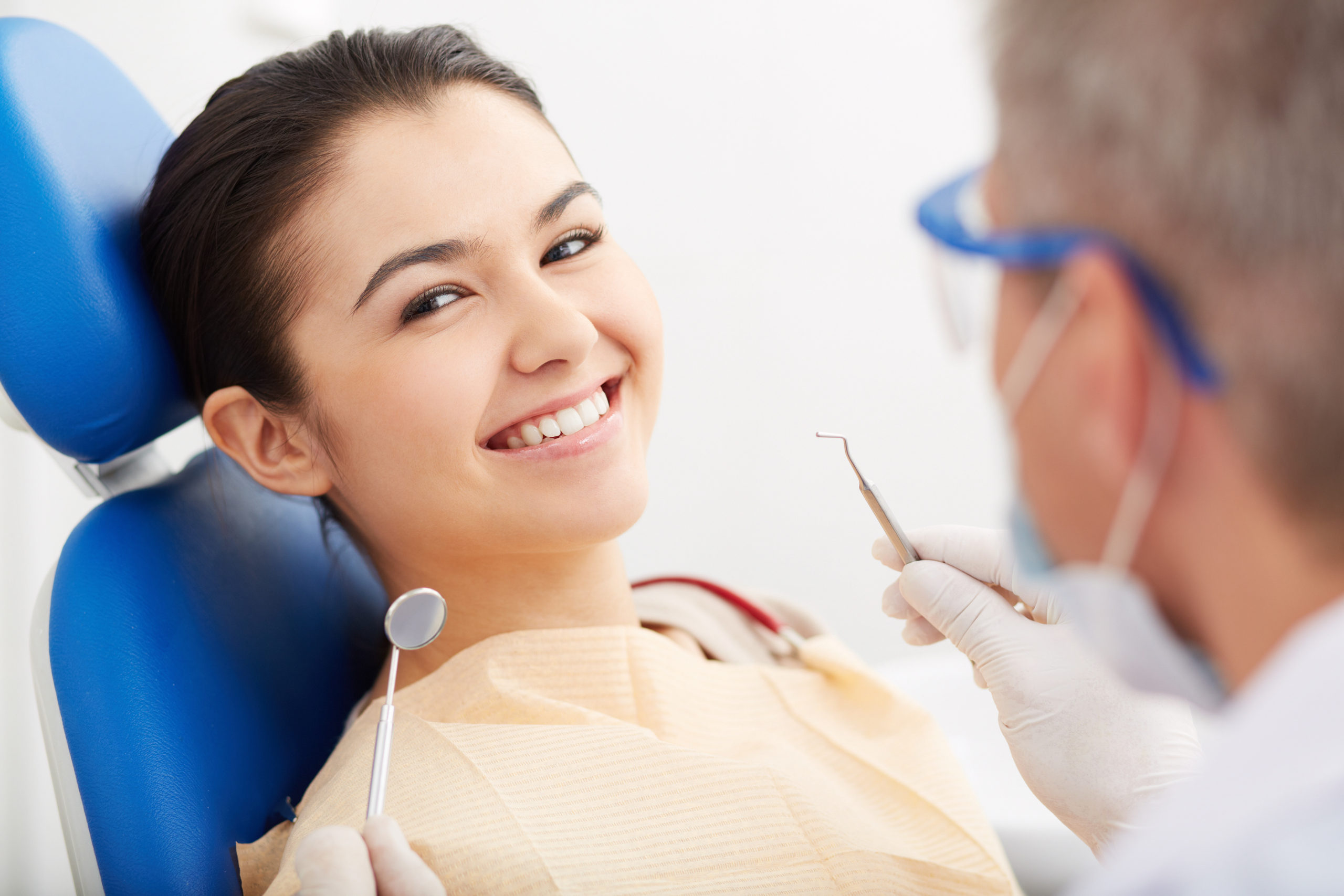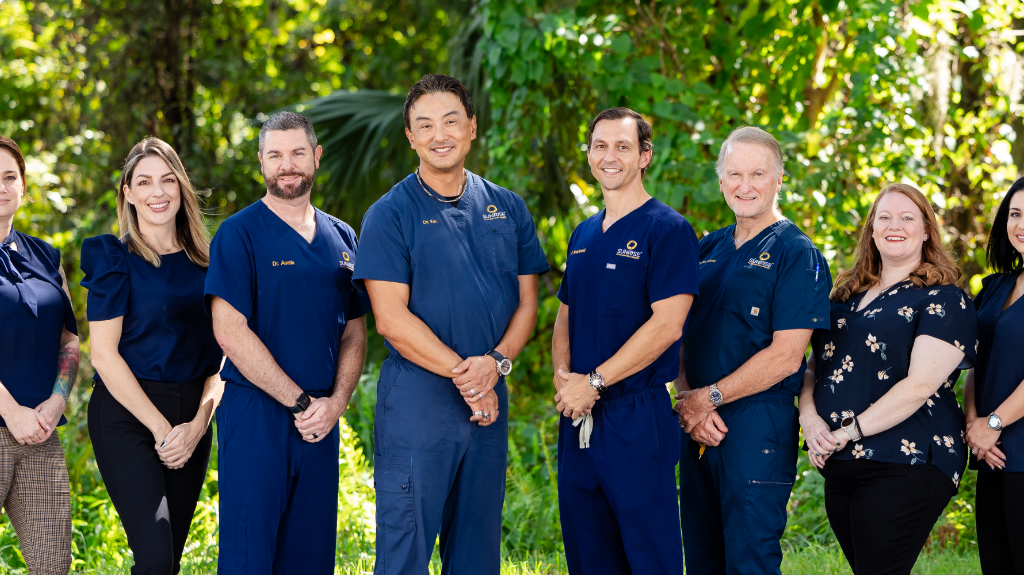This Article Has Been Medically Approved By

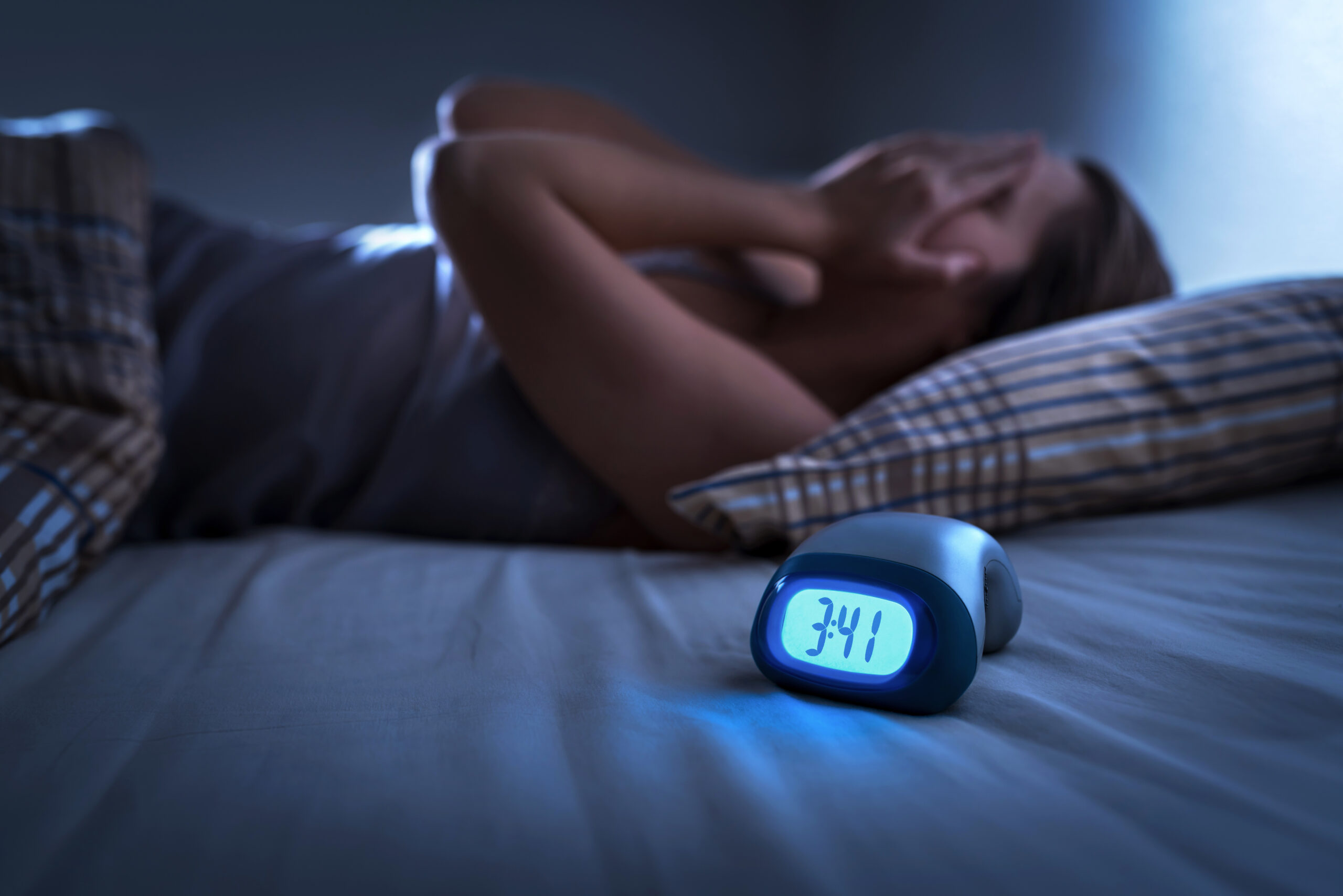
Traditional methods of treating sleep apnea are cumbersome and can be difficult to use. That means many of the 18 million patients who are diagnosed with obstructive sleep apnea each year don’t comply with doctor’s orders.
It’s easy to see why. Positive airway pressure machines, like a BIPAP or CPAP, require you to wear a mask that can be uncomfortable to wear during sleep. Plus, the machines are loud, which may disturb your sleeping partner more than your snoring. While they’re quieter, oral appliances are also problematic for many people who find it difficult to sleep with a plastic tray in their mouths.
What Is Sleep Apnea?
Sleep apnea is a disorder in which your breathing stops and starts repeatedly through the night. This common disorder is often characterized by excessive daytime fatigue, loud snoring, morning headaches, irritability, and difficulty concentrating while awake.
When Is It Considered Sleep Apnea?
Some who may have a hard time falling asleep could believe it may be due to other facts. However, sleep apnea affects more than 200,000 people each year in the U.S. This potentially serious sleep disorder affects how an individual breathes when they sleep. Symptoms are also extremely common things that happen naturally in sleep, like snoring loudly or feeling tired after you wake up, however, they could be indicators of an individual with sleep apnea.
Sleep apnea, or worse, constructive sleep apnea, affects how long you fail to breathe. When the back of the muscles in your throat fail to keep that airway passage open, it can result in an abrupt wake. In fact, it’s only considered “apnea” once you stop breathing for 10 seconds or more.
Seeking Relief From An Oral Surgeon
Many patients seek to control their sleep apnea by help from an oral and maxillofacial surgeon. A variety of surgical treatments can correct obstructive sleep apnea, making sleep safer and more comfortable.
Here are three surgical options to discuss with a Brevard County oral surgeon:
Hyoid Suspension
The hyoid is a u-shaped bone in the neck that is attached to the epiglottis, tongue, and other structures of the throat. During a hyoid suspension, the bone is moved forward and secured in place, creating more space in the lower portion of the throat for inhaling air.
Genioglossus Advancement
When you sleep, your tongue can fall backwards into the airway in the back of your throat. A genioglossue advancement moves the major tongue attachment forward, opening space for breathing behind the tongue.
Maxillomandibular Osteotomy (MMO) and Advancement (MMA)
Because it’s a rather drastic approach, this surgery is generally reserved for the most severe sleep apnea cases. The MMA moves the upper and/or lower jaw forward, enlarging the throat’s overall space for breathing. Your jaw bones will be cut, which will take several months to heal. During healing, the jaws may be wired shut for several days and your diet limited for weeks after the surgery.
Treating Sleep Apnea At Sunrise Facial and Oral Surgery
One option many people take before seeking a medical professional is to lose weight and change their diets and lifestyles. While this may work for some people, it may be necessary for others to seek medical attention, as other factors could be causing your sleep apnea.
When other treatments have failed, surgical options may be considered to treat sleep apnea. Our surgeons at Sunrise Facial and Oral Surgery are ready to help you take control of your sleep apnea. Every individual is different, so we’ll make a sleep apnea treatment plan, specific for your situation
A variety of oral surgery options are available to treat sleep apnea, allowing you to avoid using bulky breathing masks or oral appliances. Dr. Schmid will help determine if a surgical approach will help you. Contact our offices today, in Melbourne or Rockledge, to schedule an appointment to discuss your options.
